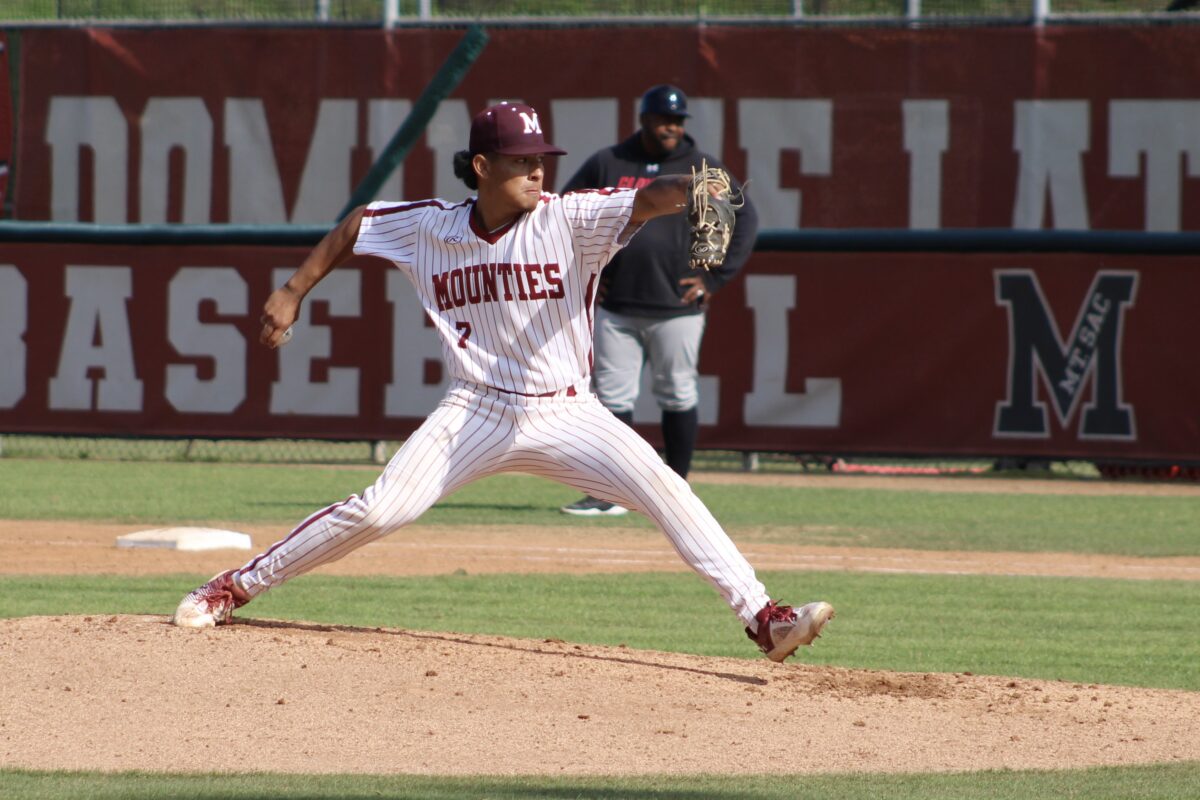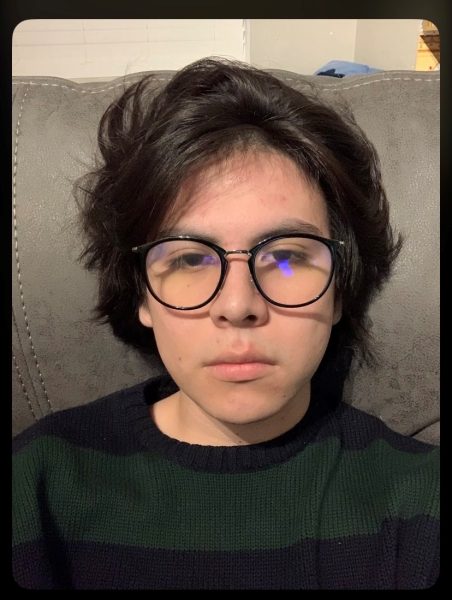Pitchers at all levels of baseball, from the Major Leagues to Mt. SAC, are increasingly dealing with arm injuries. This highlights a widespread problem that has impacted the sport and raised concerns about player health and safety.
Elbow and arm injuries are nothing new in baseball. Ulnar collateral ligament reconstruction surgery, commonly known as Tommy John surgery, had existed since 1974, when Dodgers pitcher Tommy John underwent the procedure performed by orthopedic surgeon Frank Jobe. The surgery involves repairing a torn ligament in the throwing arm by replacing it with a healthy tendon from another part of the body.
At the youth and collegiate levels, the mental and physical toll of pitching has become especially harsh due to a mindset shift that has seemingly been adopted in recent years, in which velocity is king above all. For example, in the 2023 and 2024 MLB Drafts, the top two collegiate pitchers—Paul Skenes from LSU and Chase Burns from Wake Forest—average fastball velocities of 96-101 mph, according to MLB data visualizer site Baseball Savant.
However, this emphasis on velocity, especially at younger ages, is one of if not the leading cause of arm injuries among pitchers. Players who are still developing physically may not have refined mechanics, increasing their risk of injury. A clear example of this issue can be seen on Perfect Game USA, a leading scouting service where some Mt. SAC pitchers have profiles. It lists fastball velocities for athletes as young as 14, alongside their headshots that appear as if they could have come out of their yearbooks.
“These are children. They are not yet close to physical maturation, and yet they are being trained to throw hard and are being ranked by industry leaders based on these skills,” CBS Sports writer Mike Axisa said in an article published in April.
John Knott is the head coach of the baseball team at Mt. SAC and has been involved in the sport for the majority of his life. After playing first base and being a pitcher for Gladstone High School in Covina. After graduation Knott attended Citrus College then Cal State Northridge where he became all too familiar with the issue of pitching-related injuries eventually calling it quits after one year at Azusa Pacific University where he got into coaching.
“Went a year to Cal State Northridge, and actually hurt my shoulder. I tore my labrum.” Knott said. Knott has firsthand felt and seen the rise of injuries to those who throw from the mound over the 20 years he has been coaching players and even from his time being on the diamond himself. “It’s probably progressively gotten worse. I wouldn’t say one year stood out. Just the year round has been noticeable that most pitchers are dealing with something.” Knott noted.
“We have to bring in extra pitching each year, knowing that some of the guys that we are getting are coming in hurt. So you’ve got to already come up with a different plan,” Knott said. “Like two of our guys we were supposed to pitch last year, they were supposed to be two of our better players, and they didn’t throw.”
Coach Knott echoed the same sentiments that are being spoken about throughout the world of pitching as to why injuries to hurlers are happening at alarming rates. “If I had to label it to one, and like anything, it’s not one thing. I probably would say the year-round training and throwing is probably the biggest problem.” Coach Knott said. “It’s gotten super competitive. They know they’re going to college. So any way that a kid can get some assistance or an edge, they’re going to do it. So they’re at 11, 12, they’re playing one sport. It’s just not good for you. It’s not.” Knott said..
On how the college attempts to prevent and avoid these issues, Coach Knott mentioned various techniques such as arm care which focuses on the cool-down period after an outing, the usage of arm bands which aid in strengthening the muscles up and down the arm and having SAC pitchers on a set pitch count to prevent overuse during outings.
Even with the most preventative measures that a staff can take such as utilizing arm bands, doing arm care, and having pitchers on a set pitch count, injuries oftentimes can be inevitable for some which adds to the frustrating aspect of pitching. “You can have two players do the same training, arm care, mechanics. One gets hurt, [and] one doesn’t. Why is that? There’s some genetics involved with this,” Knott said.
One Mt. SAC pitcher who has experienced both the peaks and valleys of being a towing rubber is RHP Joey Peralta. Peralta, a native of Santa Fe Springs, CA first felt discomfort in his throwing arm during an inner team scrimmage earlier in the year. Peralta assumed the pain was normal at the time but when it wouldn’t go away after two weeks he knew something was wrong. “It never went away,” Peralta said. The news that he got after that was a diagnosis that every pitcher dreads receiving. His ulnar collateral ligament was torn and a decision loomed, call it quits or have surgery to repair the ligament.
As he thought about his options Peralta remembered how much pitching meant to him. “It made me realize if I should keep going or put an end to it, but I wanna play as long as possible,” He said. Peralta underwent surgery to repair his UCL in June of this year where he’s been progressing on schedule for the past 5 months. “They’ve been supportive every step of the way.”
They’ve been making sure my [Physical] therapy has been good. They’ve been making sure my arm is good. They’ve been asking questions constantly.” Peralta shared how Mt. SAC’s ballclub has been supportive through his rehab.
The landscape of pitching health is ever changing and Mt. SAC is no exception. Moving forward, the team intends to focus and hone on the players development and health before all else to prevent injuries before they happen. “Number one, prioritizing their training and their development. That’s at the forefront of all this, not the results, not the velocity, not the ERA, like get them in shape, get them stronger” coach Knott said.
Joey Peralta is just one of countless pitchers whose arm has given way due to the relentless demands of the game. Even with this setback, he remains with an optimistic attitude toward his rehabilitation. Peralta advised, “Patience is the biggest factor in this process because you’re not going to get your results right away. You’re not going to feel strong right away. You just gotta trust the process and believe that you know, you made the right decision and it happened to you for a reason, you know, everything happens for a reason.”



